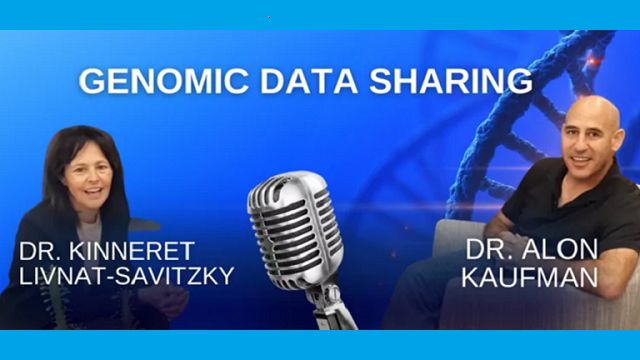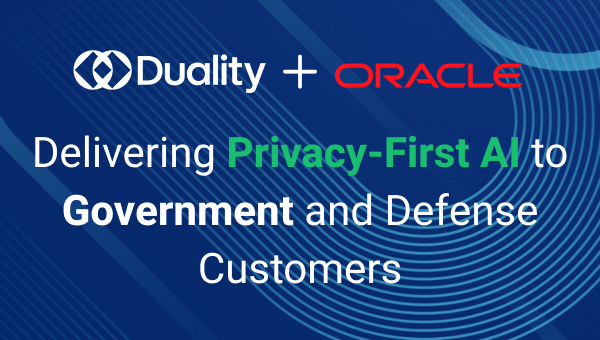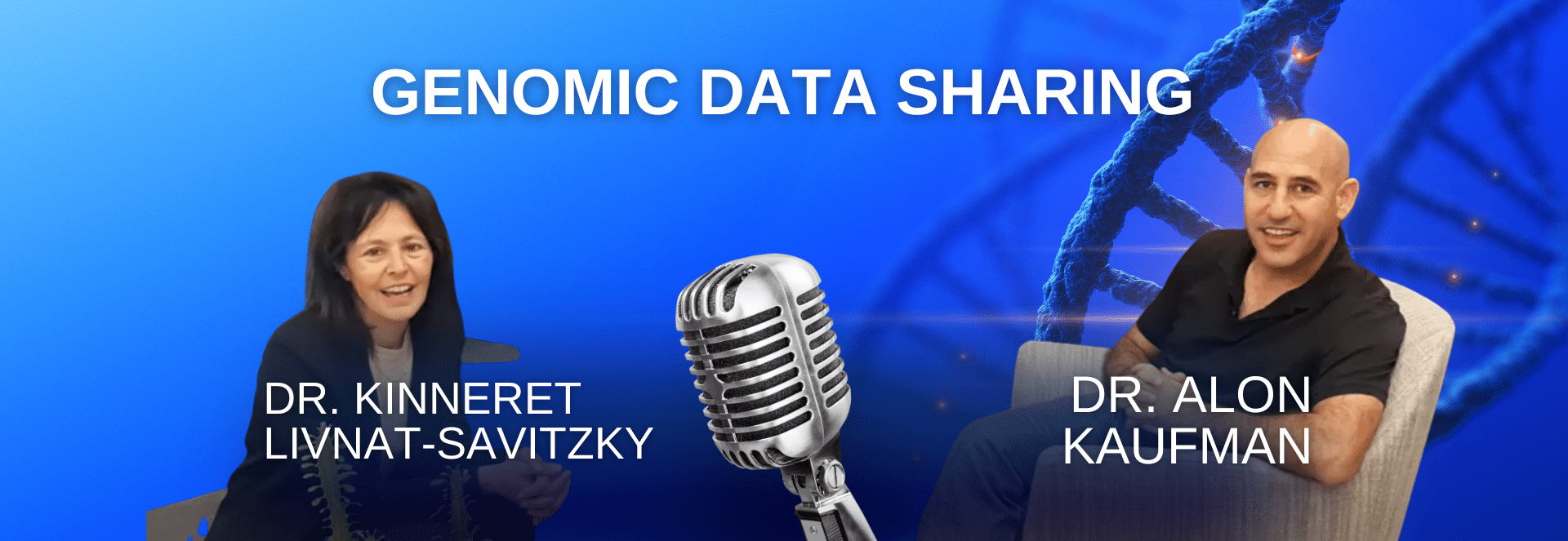Genomic data sharing and linking is critical for treating rare diseases, tracking patient history, and optimizing patient care across a decentralized healthcare system. Unfortunately, healthcare institutions remain slow to adopt newer genomic data analysis solutions due to privacy and security concerns. This is further compounded by the sensitivity of healthcare data and the need to be able to prevent unauthorized access while allowing authorized analysis.
At Duality and at Team8 Health, data scientists and industry experts work every day to introduce innovation that can help solve these issues – in this case, to enable authorized users the ability to conduct advanced analytics on linked genomic and clinical data. To explore the different aspects of genomic data sharing, biopharmaceutical data sharing and analysis, and the powerful outcomes that can be reached by linking different types of sensitive health data, Duality’s CEO and Co-founder Dr. Alon Kaufman and Team8 Health Managing Partner Dr. Kinneret Livnat-Savitzky sat down in the Team8 office to discuss how privacy enhancing technologies, machine learning and artificial intelligence can help.
Privacy Issues in Genomic Data Sharing
Most aspects of medical data are extremely sensitive. In lieu of this, the ability to share, combine or learn from your data plays directly into the privacy-utility tradeoff versus how to fully leverage data resources.
Indeed, Dr. Savitzky stated, healthcare data presents special issues related not only to patient privacy, but also establishing trust. “You want to make sure that you have patient trust on how you’re going to share the data and how you’re going to treat the data,” Savitzky said. “On the one hand, medical data is very sensitive and needs to be well protected […] and it’s also absolutely a regulatory requirement to [keep data protected, which] is a significant barrier to research.”
On the other hand, she noted that “research is fueled by data” and “the better data you have, the better the results are” – and given the diversity of data in healthcare, she stressed the importance of linking genomic data with clinical data, as well as connecting wearable data, behavior data, and consumer data. “Data collaboration is a must, especially in our sector,” she said. “You have different players: the provider, the payer, research organizations, and the patients.”
The stakes are especially high when it comes to genomic data sharing- in particular when it comes to patients’ detailed genetic information. Dr. Savitzky emphasized that, in such cases, it can be easy to accidentally reveal a patients’ identity through the release of identifying details (such as phenotypic information). The risks are even higher when linking genomic data and clinical data.
Genomic data sharing has the potential to help narrow down risk factors and produce other insights when it comes to diseases and conditions which involve multiple genes, Dr. Savitzky said. By linking genomic data from patients with the disease with the clinical data from other patients, the potential data set grows to the point that it’s possible to identify the risk factors and multi genes/sequences that are related to a specific disease.
The privacy issues, however, prevent all of that data from being accessed. Solutions include decentralizing the data and encrypting it – but the ideal solution is a privacy-preserving solution for genomic data sharing between healthcare institutions.
The Downsides of Using Interim Results
Clinical trials perform a lot of “heavy lifting” in biopharmaceuticals, Dr. Savitzky noted – and emphasized that a privacy-preserving solution for genomic research or decentralized clinical studies with real-world evidence studies can revolutionize the field. From an R&D perspective, researchers would be able to tweak their methodologies and practices while the studies are still underway, without unblinding the data. From a biopharmaceutical perspective, drug companies would gain a clearer picture of drug effectiveness faster, and track side effects in near real-time. In the meantime, today researchers use interim results to assess studies’ success – but that comes at a price.
“The problem is that if the [interim] results look promising, then you need to pay,” she noted, explaining that accessing the data itself takes time and money and “then, of course, the company needs to pay more eventually to complete the study.”
“We also need to understand that conducting an interim results requires exposing the unblinding data to an external committee,” she added.
Adopting New Technologies for Clarifying the Patient Journey
While Kaufman noted that healthcare regulators seem to be very slow in adopting new technologies in general – especially in North America – Dr. Savitzky noted that there is more willingness to adopt new methodologies for clinical and genomic data sharing than what meets the eye.
“I think that we are already seeing this type of collaboration between different entities in the healthcare sector,” she mused. “[Healthcare researchers] understand that you need to see the full picture of a patient. It’s not enough to look at the patient only at the physician’s office or in the hospital; you need to see him in a real world setting, because there’s the issue of seeing him in his natural environment.”
Kinneret also mentioned that when you look at the entire “patient journey,” you get a better view on the patient and can get some real-time decisions on the treatment, for example increasing or decreasing drug dosage.
The same is even true when it comes to genomic data sharing. While not every patient has a rare disease, even the high-level research done in GWAS studies trickles down to practical differences in patient care.
“For example, take a patient with a heart problem,” she said. “Doctors can use this genomic information to tailor a treatment for them which is better for the patient immediately after his release from the hospital; […] you can still monitor or track his performance and then monitor his progress [from home] and they can stay in touch with this physician if needed.”
Learn more about genomic data sharing and privacy preservation – watch the full talk below.



















